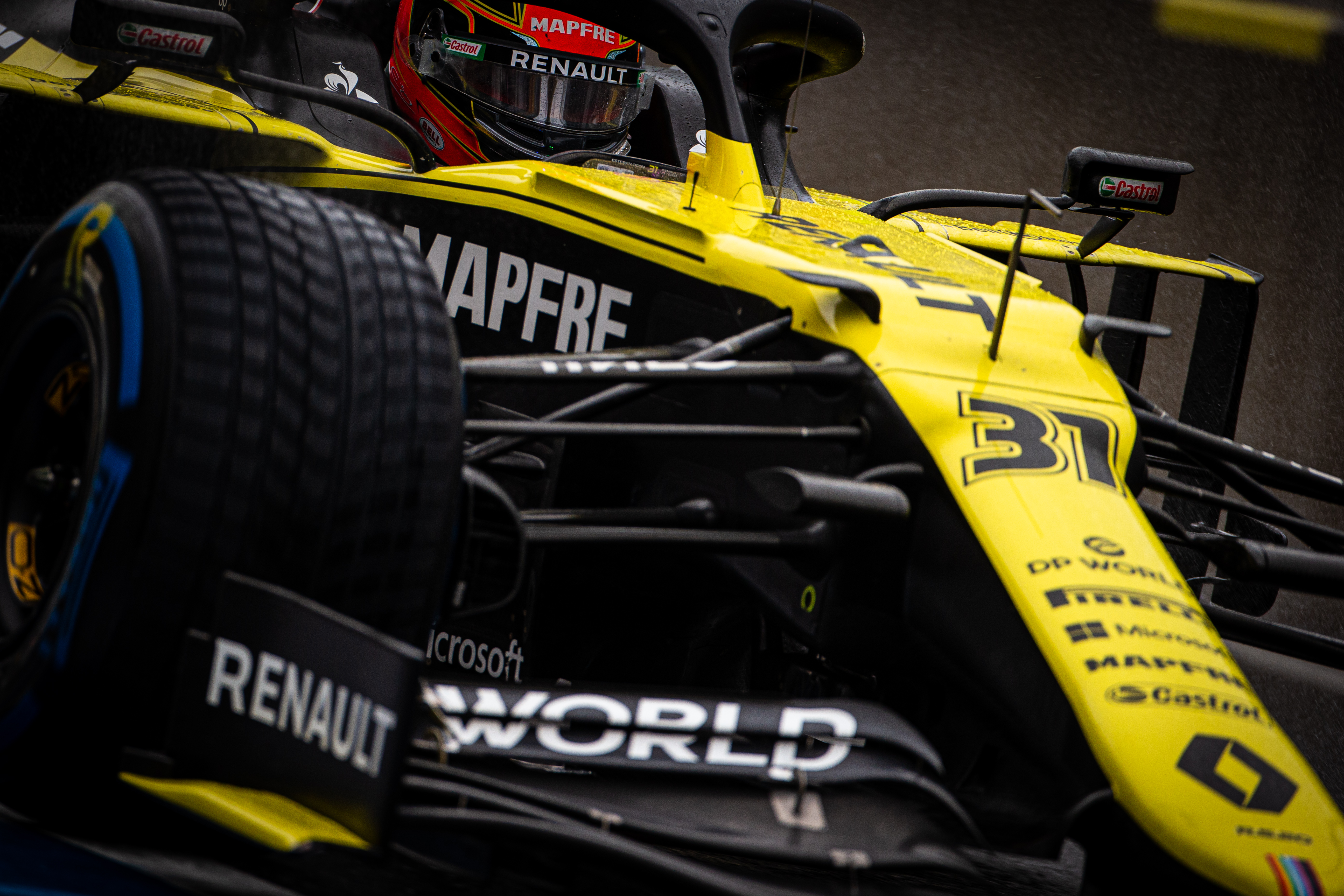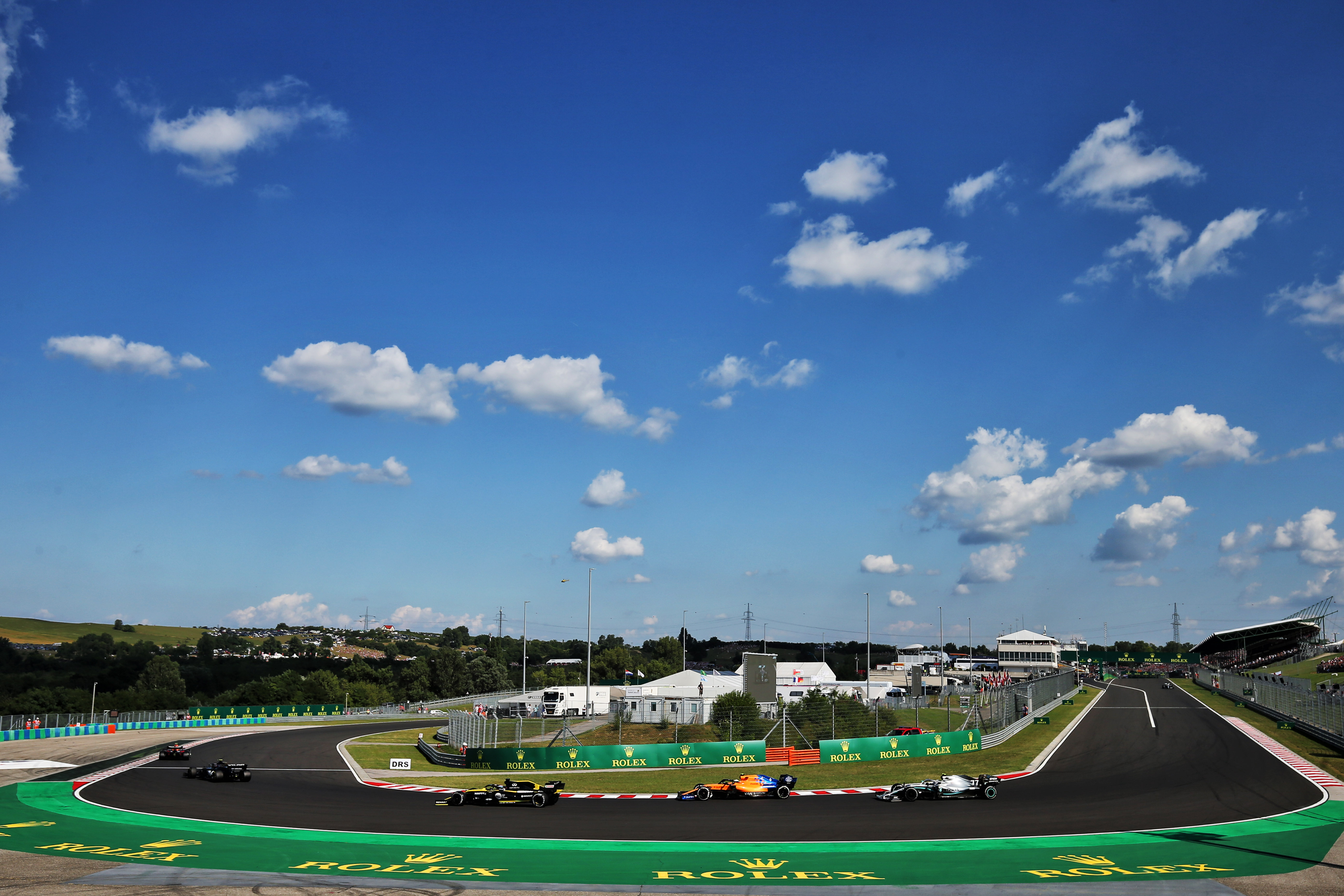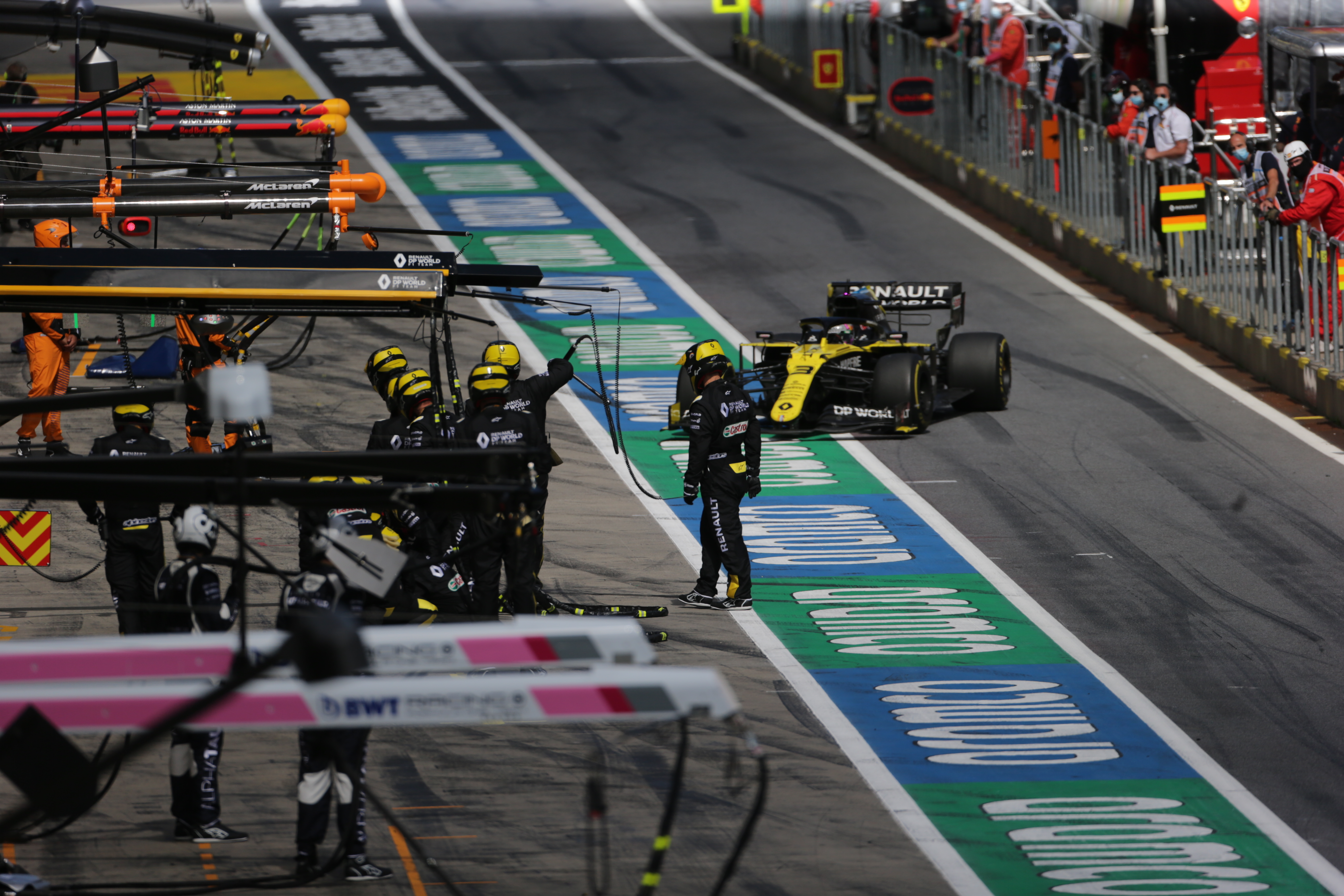The Renault Formula 1 team faces a “curious” test of its ambitions at this weekend’s Hungarian Grand Prix after clearing a double-header at the Red Bull Ring, a circuit it was “the most scared of”.
Since Renault returned to the F1 grid with its works team in 2016, it failed to score a single point at the Austrian Grand Prix: 11th place with Jolyon Palmer in 2017 was its best result.
Some venues bring out the best in F1 cars and others the worst, and the power-sensitive Red Bull Ring is a tricky circuit that rewards good traction, stability over the kerbs and reliability. These have not been Renault’s strongest assets in recent years.
Reliability proved its Achilles’ Heel in the midfield again this year with Daniel Ricciardo and Esteban Ocon each retiring from one of the Austrian races, worryingly with the same radiator problem despite an extensive check back at Enstone to make sure there was nothing wrong with the manufacturing of the component.
However, Ricciardo and Ocon each bagged an eighth-place finish, with Ricciardo unfortunate not to finish higher after being unceremoniously run off the road by Lance Stroll.
As F1 moves venue for the first time this season to the high-downforce Hungaroring, every team will face a new challenge. It will probably give a better reading of Renault’s chances as it will expose any aerodynamic performance deficiency.

“Hopefully we can have a good pace of the car because I think this one was the one where we were the most scared of,” said Ocon after the Styrian Grand Prix part of the Austrian double-header.
“So, hopefully it’s gonna get only better from here.”
This is a big test for Renault because its 2020 car was born from the technical leadership that was deemed unfit to continue beyond 2019.
By the time Renault made that decision and addressed what it identified as the weaknesses within the team, the R.S.20 was well on its way to being fully-formed. The new technical leadership, including Pat Fry, had little to do with the car that ran at pre-season testing but it at least had the opportunity to inform the development programme.
Hungary could be a good opportunity for Renault’s supposedly enhanced platform to come good
As we know, Renault brought three races’ worth of upgrades to F1’s season opener. Scoring its first-ever points at the circuit hints at genuine progress even if it was clouded by unreliability and some other high-flying midfield exploits from McLaren and Racing Point.
“There’s certainly been positives,” said Ricciardo. “I think we have improved, especially on a circuit which hasn’t been a good one for us, so I’m certainly curious to see how we can get on at the next few.
“Silverstone was good for us last year so we’ll see once we get there, but there’s positives to take.
“As good as points are, eighth feels like we’ve shown pace to get a better result in the last two weekends.”

Hungary could be a good opportunity for Renault’s supposedly enhanced platform to come good and score the sort of result Ricciardo is talking about.
Beyond that, a double-header at Silverstone and then the Spanish Grand Prix at Barcelona will pose the same test: it’s sink or swim for Renault, if the car’s weak there then it shows it simply doesn’t have the aero performance of its rivals.
Renault’s already been buoyed by what it saw on the data at Barcelona in pre-season testing, though. So if the updates have worked, it would be disappointing to see a step backwards.
“We’re encouraged from what we have seen from the car so far this year,” said chief race engineer Ciaron Pilbeam.
“It has been consistently better in Barcelona and Austria, the two circuits we’ve been at this season.
“I don’t think these improvements are circuit specific, and we would expect this progression to carry over to other circuits.”
Renault needs to be wary its poor radiator record in Austria doesn’t cost it dearly over the rest of the summer races. Budapest in July is a big challenge and Pilbeam says Renault “may need to run more cooling on the car” – but that will matter little if a crack emerges on the radiator anyway and water temperatures begin to climb.
The team’s tone is optimistic, though. Ricciardo believes work remains in understanding the soft tyre, having enjoyed a very strong opening stint on mediums in the Styrian GP.

But he has also notified other fundamental improvements in the package.
“I think we can follow other cars a bit better in the race and suffer a little bit less with dirty air so I think the downforce in the package we have is a bit more efficient,” reckons Ricciardo.
“And I think on low fuel, the rear of the car has improved a lot. So traction, if we look at our overlays from last year, we’re just getting to full throttle considerably earlier.
“The rear of the car is certainly at the moment the strength compared to this time last year.”
These are all elements that should be placed under greater scrutiny this weekend, which should indicate whether Renault has made real progress, or just improved on a bogey circuit and shifted its problems elsewhere.

